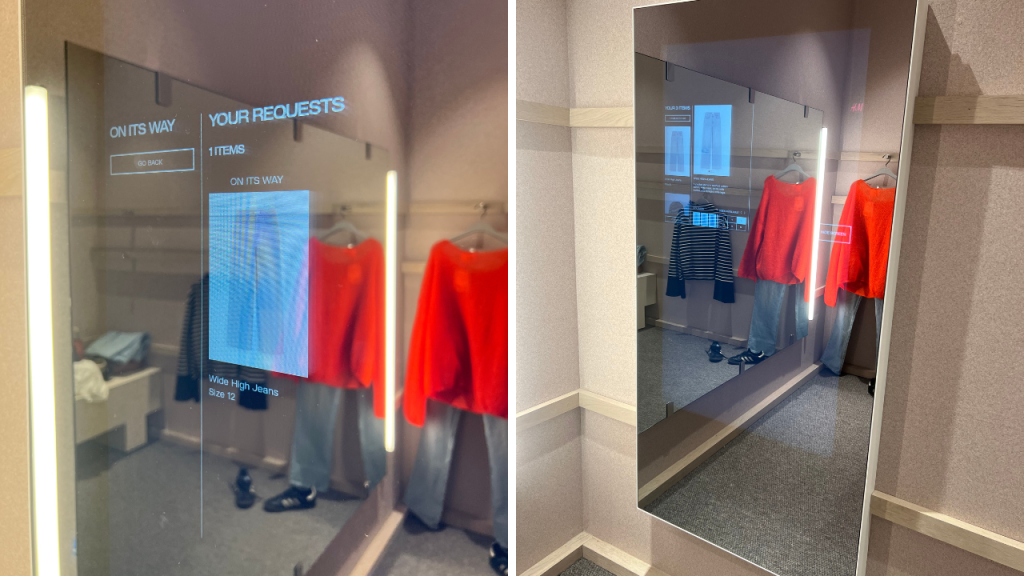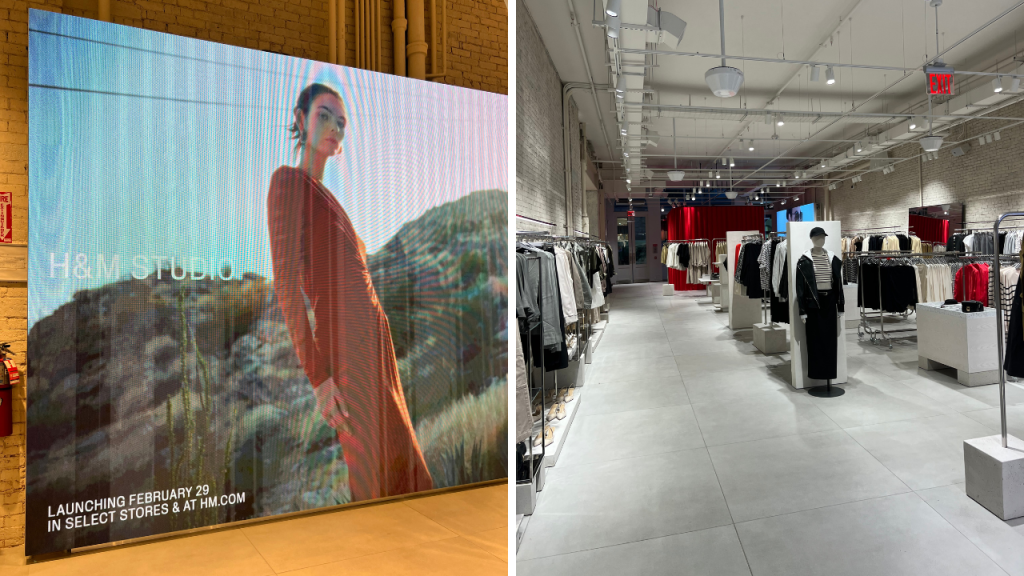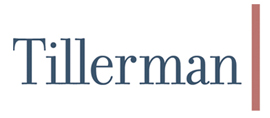In an exploration of H&M’s innovative yet controversial integration of technology in their Soho store, the blending of high-tech features with traditional retail raises significant questions about consumer desire for such advancements, the efficiency of these technologies, and H&M’s strategic repositioning in the retail market.

At Tillerman, we’re always peering into the future, especially when it comes to innovations that could potentially transform the retail industry. A recent visit to the newly unveiled H&M store in Soho might just provide a glimpse into what that future could hold, but it raises the question: is this the kind of innovation consumers are genuinely seeking?
Our previous coverage spotlighted concerns regarding H&M’s integration of new technologies within their fitting rooms, as discussed in a piece by Retail Dive. We highlighted potential issues with in-mirror technology, noting it might not only feel intrusive to customers but also add to the workload of store associates rather than streamlining it.
Driven by curiosity and a bit of skepticism, I decided to experience these changes firsthand. The timing of my visit coincided with the launch of H&M’s STUDIO S/S 2024 collection, resulting in a bustling store atmosphere that perhaps wasn’t ideal for a seamless tech experience. In the fitting room, the smart mirror failed to recognize two of my five items, a hiccup attributed to the newness of the collection.

The reliance on smart mirrors for service requests proved cumbersome, contradicting the expectation of efficiency and convenience. This interaction—or lack thereof—between technology and human service highlighted a crucial aspect of retail that shouldn’t be overlooked: the value of direct communication.
I caught a conversation where an employee informed a customer that requests for items could only be made through the smart mirror, even though she had directly approached him with her request. This reliance on technology seemed to place a significant strain on the store staff. At one point, this was so pronounced that two security guards were temporarily managing the fitting room, as all other employees were occupied with fulfilling requests made through the mirrors.
The store, which opened its doors on January 18th, boasts several high-tech features from the outset, including sensor-equipped checkout counters designed to streamline the payment process. However, technical glitches necessitated a manual scan of my items, underscoring the potential pitfalls of relying too heavily on technology.
An unexpected discovery was the store’s “pre-loved” section, featuring items from luxury brands—a surprising move for a retailer traditionally aimed at the middle market. This, coupled with the sticker shock of a $99 sweater, left me pondering H&M’s strategic direction.
Is H&M attempting to reposition itself within the high-end retail sector, challenging brands like alo or Aritzia? What motivated the decision to adopt smart mirror technology, venture into the resale of designer goods, and elevate prices significantly? And, importantly, do these innovations and strategic shifts enhance the shopping experience in a way that justifies the cost?
Historically, H&M has been synonymous with affordable fashion, often mentioned in the same breath as American Eagle, Zara, and Nasty Gal. Whether these technological advancements and strategic pivots will enable H&M to transcend its established identity remains to be seen. However, one thing is clear: the integration of technology in retail must enhance, rather than detract from, the consumer experience to be deemed a success.




